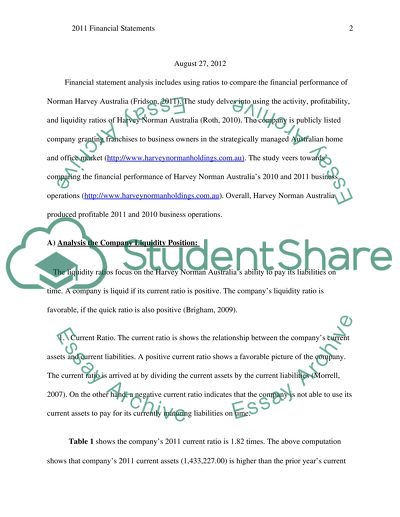Cite this document
(“Financial Statements for Harvey Norman Australia Essay”, n.d.)
Financial Statements for Harvey Norman Australia Essay. Retrieved from https://studentshare.org/finance-accounting/1456276-2011-financial-statements-for-harvey-norman-australia
Financial Statements for Harvey Norman Australia Essay. Retrieved from https://studentshare.org/finance-accounting/1456276-2011-financial-statements-for-harvey-norman-australia
(Financial Statements for Harvey Norman Australia Essay)
Financial Statements for Harvey Norman Australia Essay. https://studentshare.org/finance-accounting/1456276-2011-financial-statements-for-harvey-norman-australia.
Financial Statements for Harvey Norman Australia Essay. https://studentshare.org/finance-accounting/1456276-2011-financial-statements-for-harvey-norman-australia.
“Financial Statements for Harvey Norman Australia Essay”, n.d. https://studentshare.org/finance-accounting/1456276-2011-financial-statements-for-harvey-norman-australia.


